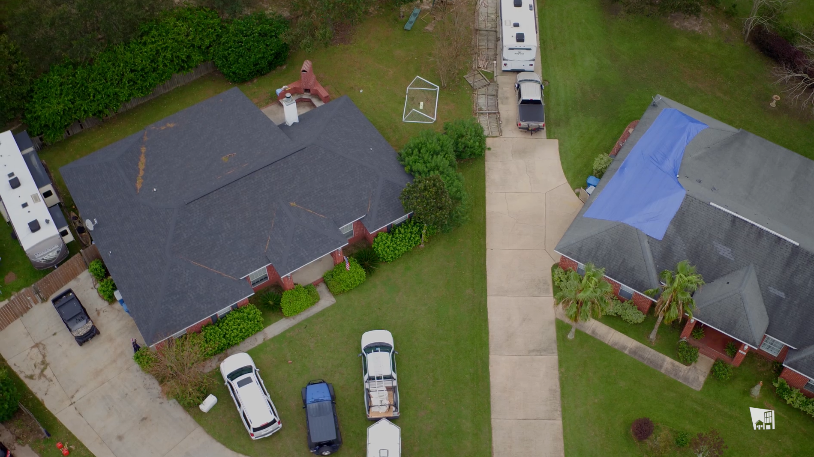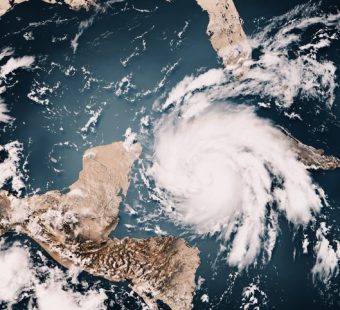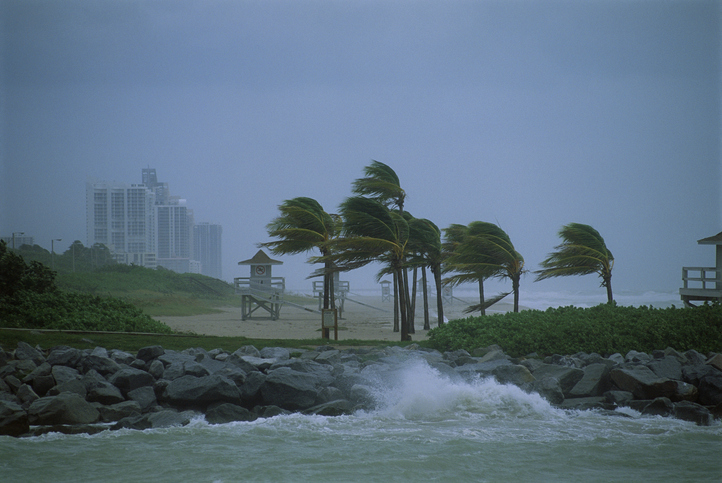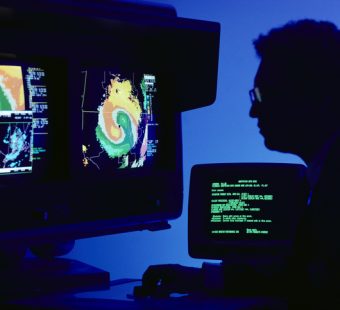
Mitigation Matters – and Hurricane Sally Proved It
The FORTIFIED construction certification was developed by the Insurance Institute for Business and Home Safety (IBHS) to protect homes against severe weather. In this post Fred Malik, managing director, FORTIFIED, and Chuck Miccolis, managing director, Commercial – IBHS, talk about how the system held up in Alabama against Hurricane Sally.
In 2004, Hurricane Ivan slammed into Alabama causing widespread devastation. Unwilling to let the same damage happen again, thousands of homeowners and commercial property owners have turned to IBHS’s FORTIFIED program to protect their properties and prepare for the next big storm.
Last month, the ‘next big storm’ came. Exactly sixteen years since Hurricane Ivan made landfall, Hurricane Sally crawled its way onto the Alabama coast. The Category 2 storm subjected homes and businesses to more than 8 hours of relentless winds. While the aftermath of Sally’s landfall vividly showed too many buildings are still not built as strong as they could be, those in the area built to the FORTIFIED standard provide hope for a more resilient future.
More than 16,000 FORTIFIED properties were put to the test and they demonstrated homes and businesses can be built better. In the days following Sally’s landfall, IBHS conducted field assessments across coastal Alabama to better understand building performance, including dozens of FORTIFIED properties. To date, indications are that more than 90% of the thousands of FORTIFIED buildings had zero to minor cosmetic damage. As a wind standard, FORTIFIED performed to its design.
The evidence is clear driving through Baldwin County, Alabama – home and business owners who had a FORTIFIED Roof didn’t need a blue tarp, didn’t have significant water intrusion through the roof, and businesses were able to re-open as soon as flooding abated and power was restored. Most observed damage was only cosmetic, and disruption was minimized, meaning those who made the decision to strengthen their properties aren’t dealing with the headache of rebuilding. Because FORTIFIED provides layers of protection, it stopped the cascade of damage before it started.
Some FORTIFIED homeowners were even able to offer refuge for neighbors in need. Having benefited from local incentives to build stronger, some FORTIFIED homeowners in Orange Beach experienced no damage from wind or wind-driven rain, while neighbors were forced to make repairs as well as tear out and throw away much of the contents of their homes.
Another poignant example took place at the Lodge at Gulf State Park, which had been completely destroyed by Hurricane Ivan. Determined to overcome the vulnerabilities Ivan had so devastatingly exposed, the property owners wanted to be a leader in demonstrating to the community how to build back stronger. They turned to the FORTIFIED program.
The hotel was rebuilt in 2019 to the FORTIFIED standards, and IBHS verified the construction process and material selection complied with those standards. Evaluators, trained by IBHS, guided construction and design teams to minimize flaws that otherwise may have gone unnoticed. As a result, when Hurricane Sally’s eyewall passed directly over the Lodge, it not only continued operations, it also housed employees who did not have FORTIFIED homes. Additionally, many media outlets, including The Weather Channels, chose to stay at the lodge to cover the storm and, some unknowingly, benefitted from the protection of FORTIFIED to report on the hurricane, perhaps prompting FEMA Administrator Pete Gaynor to emphasize “mitigation works.”
Continuing the post-storm research, IBHS will develop an analysis of key factors influencing the performance of these FORTIFIED structures. Preventing avoidable damage is one of IBHS’s three imperatives, and Sally demonstrated how FORTIFIED achieves that mission. For more information, go to fortified.org.
10/19/2020



